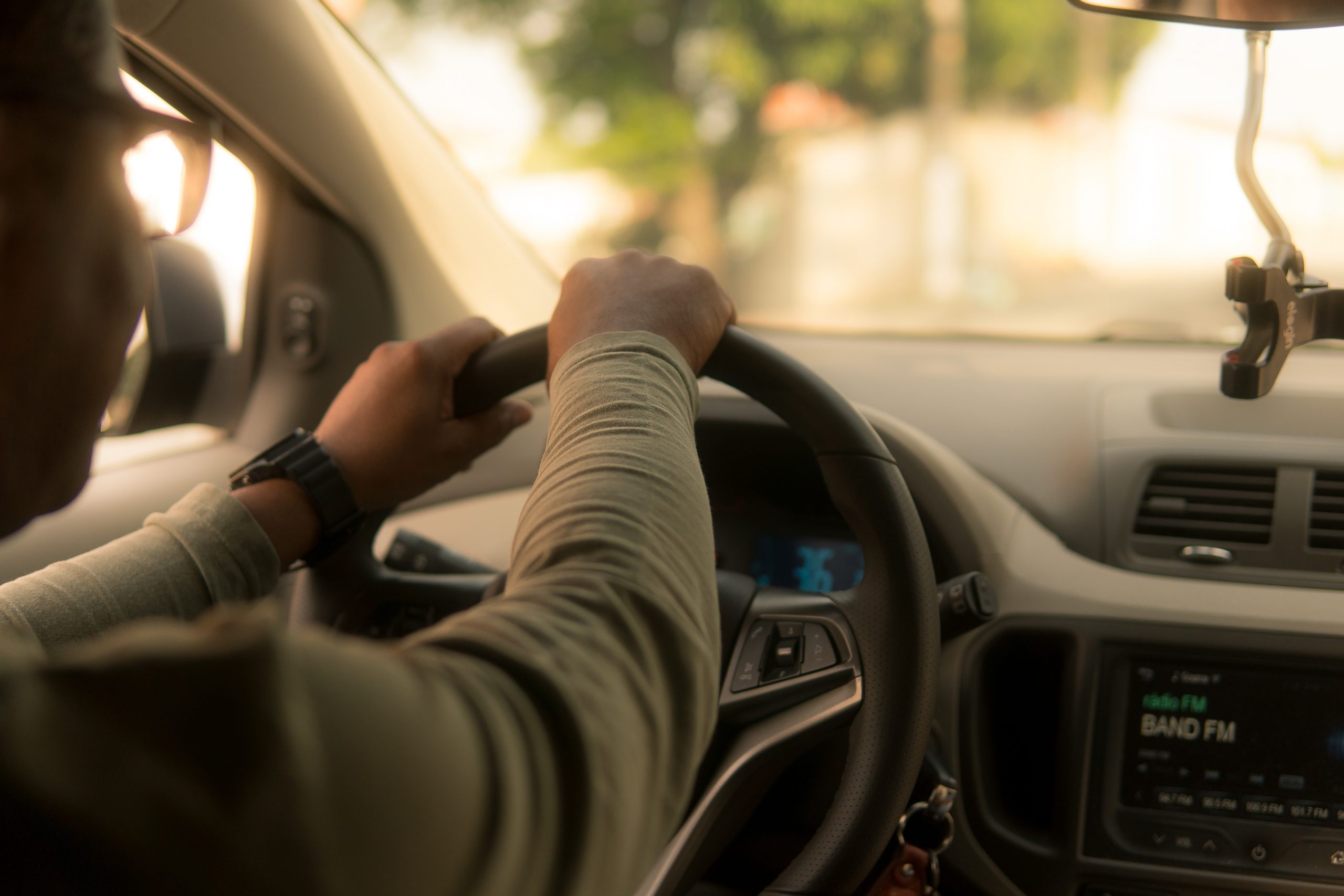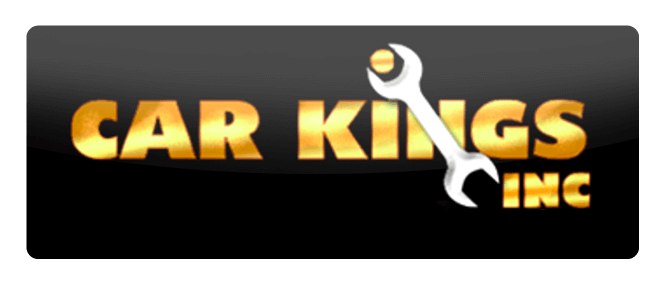

Have you ever wondered how your vehicle can turn in any direction, just from your hand motions on the steering wheel? Your vehicle’s steering system is a mechanical masterpiece that involves a complex set of components and actions that turn your heavy vehicle. When those components are damaged or worn, they can affect your ability to steer and the overall vehicle safety.
In this month’s blog, we examine the vehicle steering system and ways to keep it maintained to ensure proper functioning and safety.
The Basics of Steering
Let’s first go over some of the basics on how your steering system works.
- Steering Wheel: The steering wheel is what begins the steering process, based on the hand motions of the driver.
- Steering Column/Shaft: The steering wheel connects to the steering column, which is a set of hollow steel tubes that house the shaft. The shaft can move within the column based on the motion from the steering wheel.
- Gears: The steering system gears rotate to create motion for the steering rack. The more common system is the “rack and pinion” steering, which uses the rotation of the pinion gears to move the rack back and forth and control the components that turn the vehicle.
- Tie Rods/Arms/Knuckles: These components are connected to the steering system and are ultimately what turn the wheel in the direction of the steering wheel.
Our illustration of the steering system is over-simplified for how this complex system works. What’s important to note about the steering function is that it is always in use when driving the vehicle and can be subjected to significant wear and tear over time. This wear and tear can result in failure or damage and not only degrade your vehicle’s steering performance but can create a safety issue.
Steering System Problems
There are a variety of steering system problems – we highlight two of the more common ones you may encounter.
Damaged or Worn Tie Rods
As noted above, the tie rods are what ultimately steer the vehicle in the desired direction. There are outer and inner tie rods. These components bring the power to the wheel with a ball socket that connects with the gears and steering knuckles.
Tie rods can become damaged from the impacts of the road, such as potholes. Also, if the tie rods are not greased this may cause damage from the excessive movement.
When you have a problem with your tie rods, you may experience:
- Unusual wearing of your tires or poor alignment
- Vehicle vibration during operation
- Squealing sounds when making turns
- Difficulty using the steering wheel.
Damaged or Worn CV Axle
Another common problem that can affect your vehicle’s steering is when your CV Axle is damaged or worn. The CV, or Constant Velocity, Axle is a component of the drive train that helps transfer the torque from your transmission to your vehicle wheels. When there are issues with the CV Axle, it will impact the vehicle steering system.
The main problem that may arise with the CV Axle are the boot covers that protect the joints on the CV. These boot covers are designed to protect the joints from friction and movement and are combined with grease to keep the areas lubricated. The boot covers may become damaged or worn and then the CV experiences a loss of lubrication.
When there’s a problem with the CV Axle, you may experience:
- A distinct clicking sound during turning
- Visible grease on the edges of your vehicle tires
- Vibration of the vehicle
Steering System Maintenance
Steering system maintenance involves inspecting the system and most often, making sure that critical parts are greased and lubricated. It is also important to regularly check the level of power steering fluid, and have it replaced every 30,000 miles driven.
Our service professionals at Car Kings will inspect the system for any damage or wear and tear and make recommendations for repairs or replacement.
Contact us today to schedule an appointment for a steering system inspection.
